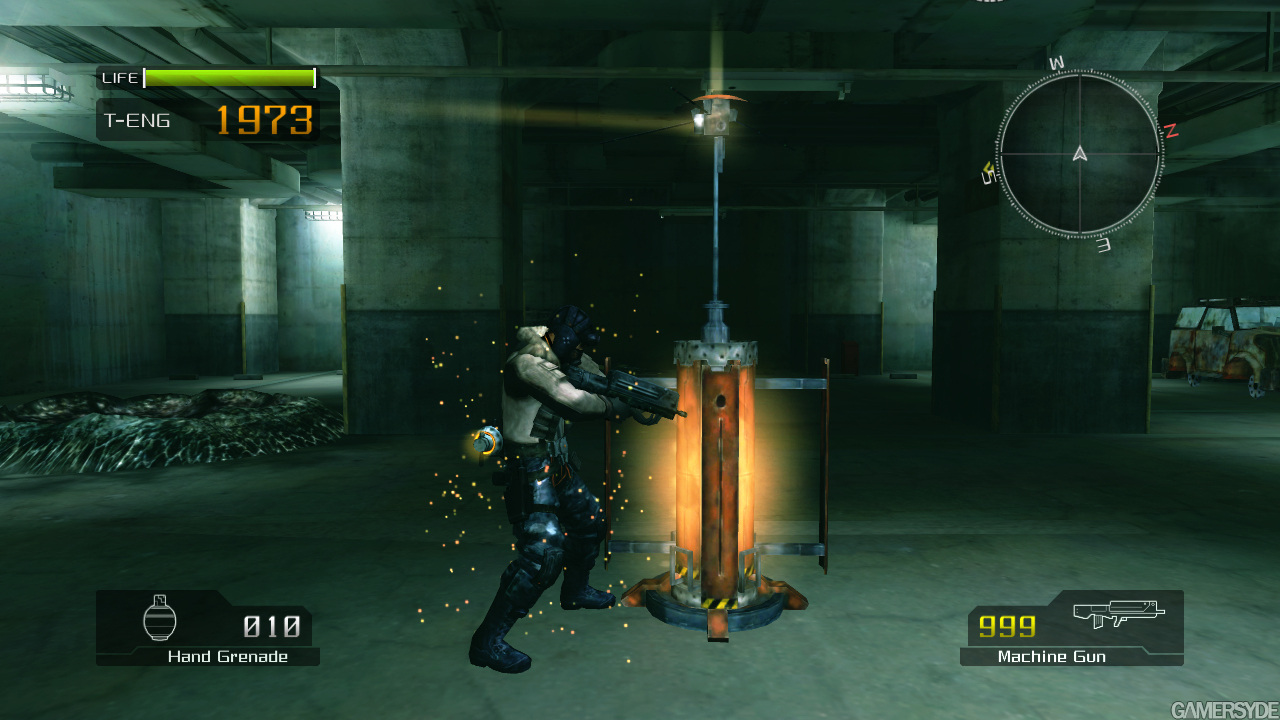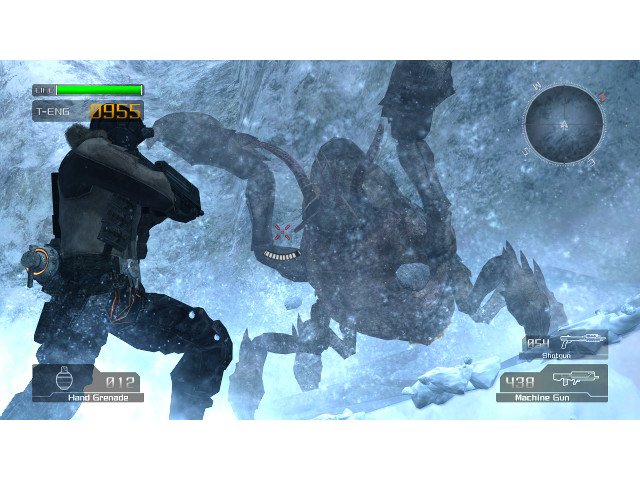

The only difference comes down to the usual variances in anti-aliasing. In terms of texture quality, filtering and effects the games are both extremely similar to one another.

Use the full-screen button for HD or use the link below for a larger window. Lost Planet 2's revised Framework MT engine looks astonishingly close on both platforms. So how does the game look on both platforms? Now with Lost Planet 2, Framework MT is back in a revised rendition, capable of better-looking visuals than we've seen before. While Devil May Cry 4 redressed the balance somewhat, other Capcom tentpole titles such as Resident Evil 5 have clearly favoured the Microsoft machine. Unfortunately, Framework MT didn't work quite so well on PS3, and Lost Planet fared badly on the Sony platform: poor frame-rate, less responsive controls and inferior anti-aliasing weren't exactly what PS3 owners were hoping for when the game was eventually released on their console. In a world where Unreal Engine was beginning to dominate, Lost Planet didn't just look cool, it looked different. Dead Rising augured well in terms of the firm's commitment to the HD consoles, but it wasn't until the company's next 360 release that we could really see what it was capable of in terms of art quality, lighting, motion blur and other advanced post-processing effects. The original Lost Planet was the first real workout we saw for Capcom's in-house Framework MT technology.


 0 kommentar(er)
0 kommentar(er)
